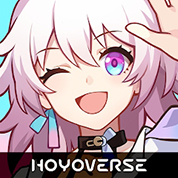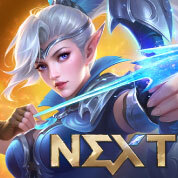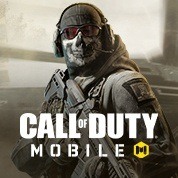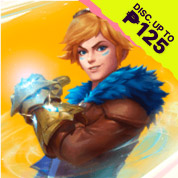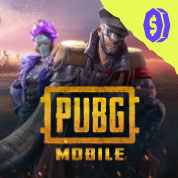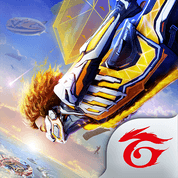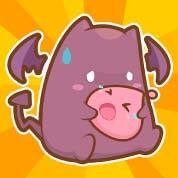Growing up in the Philippines, where the arcade scene was lively, and players got together, I was sad to see in 2013 that the big arcades had very few cabinets and focused more on physical games like basketball and karaoke booths. Throughout the years, I have seen arcade-goers hone their skills in various games because of how arcades are structured.
Then came console gaming that existed concurrently with arcades and persists today. Now, we have PC gaming that swept the whole industry and existed concurrently with consoles.
This article focuses on these three gaming platforms and how they transformed me as a gamer.
Arcade Games: The First Step in Learning from The Best (1995 – 2013)
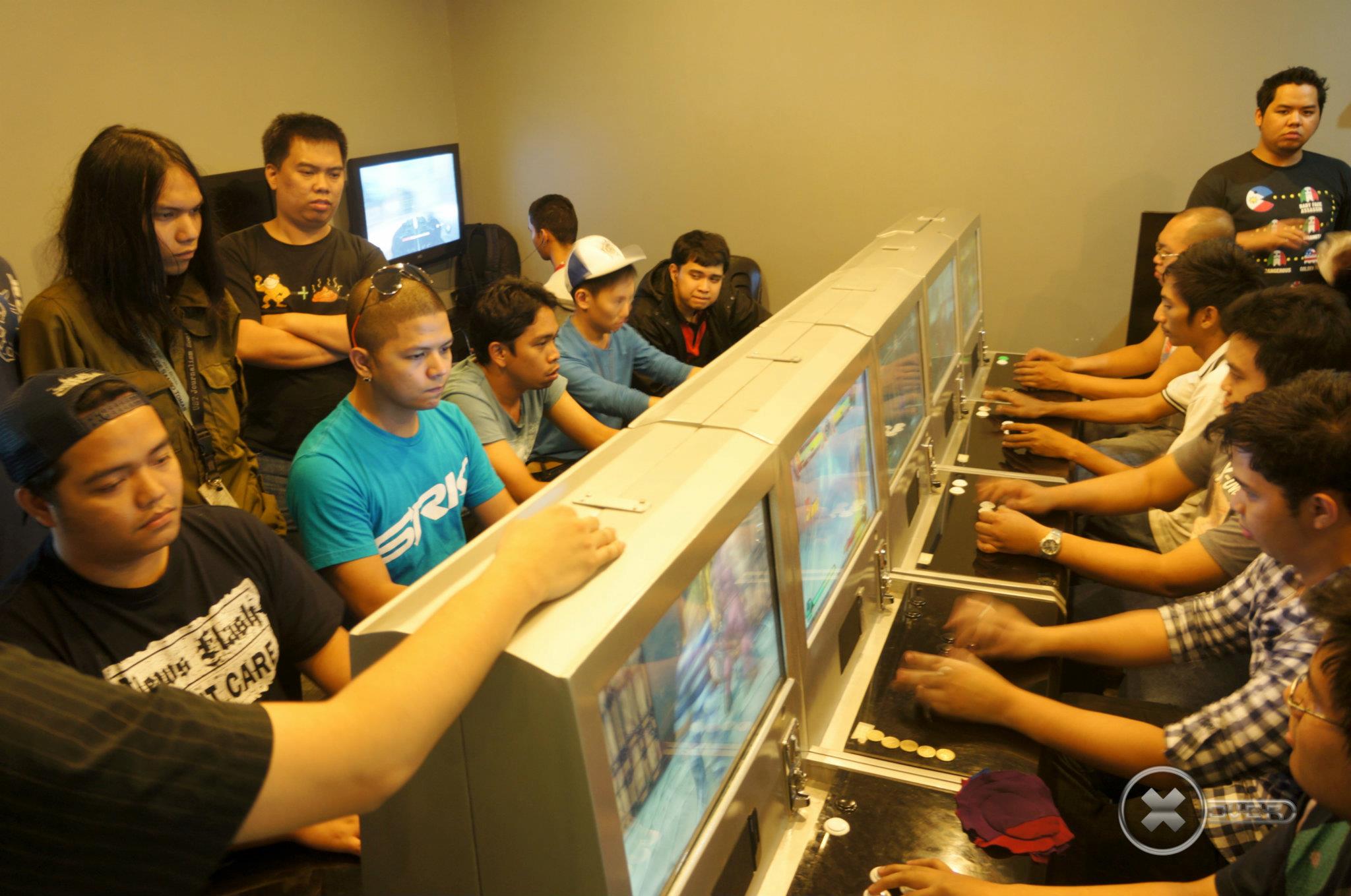
Our journey starts with arcades. Imagine walking towards one and you hear the cacophony of noise ranging from European dance music to fighting game sound effects. The shouts of various arcade-goers reverberate throughout the whole room. Welcome to the arcade.
This is one place where gamers gather together for a healthy dose of challenge and learning experience. My brother and I usually frequented arcades because we had no console(s). Every Saturday was dedicated to going to the arcades and challenging players in games like DoDonPachi, Street Fighter, the various iterations of Capcom’s “Versus” series, and Tekken, among others. I remember my brother intentionally stopping an arcade machine because of a bug in Marvel vs. Capcom 2’s Clock Tower stage.
Games have come and gone in the arcades. I remember playing Strider (1999) and Dungeons & Dragons: Shadow Over Mystara (1996) while waiting for my brother to finish his games. There are also cooperative games like Cadillacs and Dinosaurs, Espgaluda, Progear, The House of the Dead, Time Crisis, and Power Stone. As I grew older, I got to challenge people in the same games my brother played.
Arcade etiquette was a mutual thing among players. To challenge them, one must drop a token in the space between the arcade screen and the joystick near the coin chute. This allows players to be next in line.
One of the things I loved about the arcade was the idea of belonging to a crowd. When I was growing up, the arcade was one of the places I could say I truly belonged. Even if I didn’t play, there was always a reason to go to the arcade. Another thing I loved about the arcade was that I learned things first-hand: the combos, strategies, approaches, and mind games. All of these things were the ones I saw personally. Nothing beats the feeling of beating someone with the strategies you got from various arcade-goers.
This interactive ecosystem of gamers, together with all the experiences one can gather in arcades, was replaced by the console’s arrival.
Consoles: Now Everyone Can Play at Home (1997 – Present)
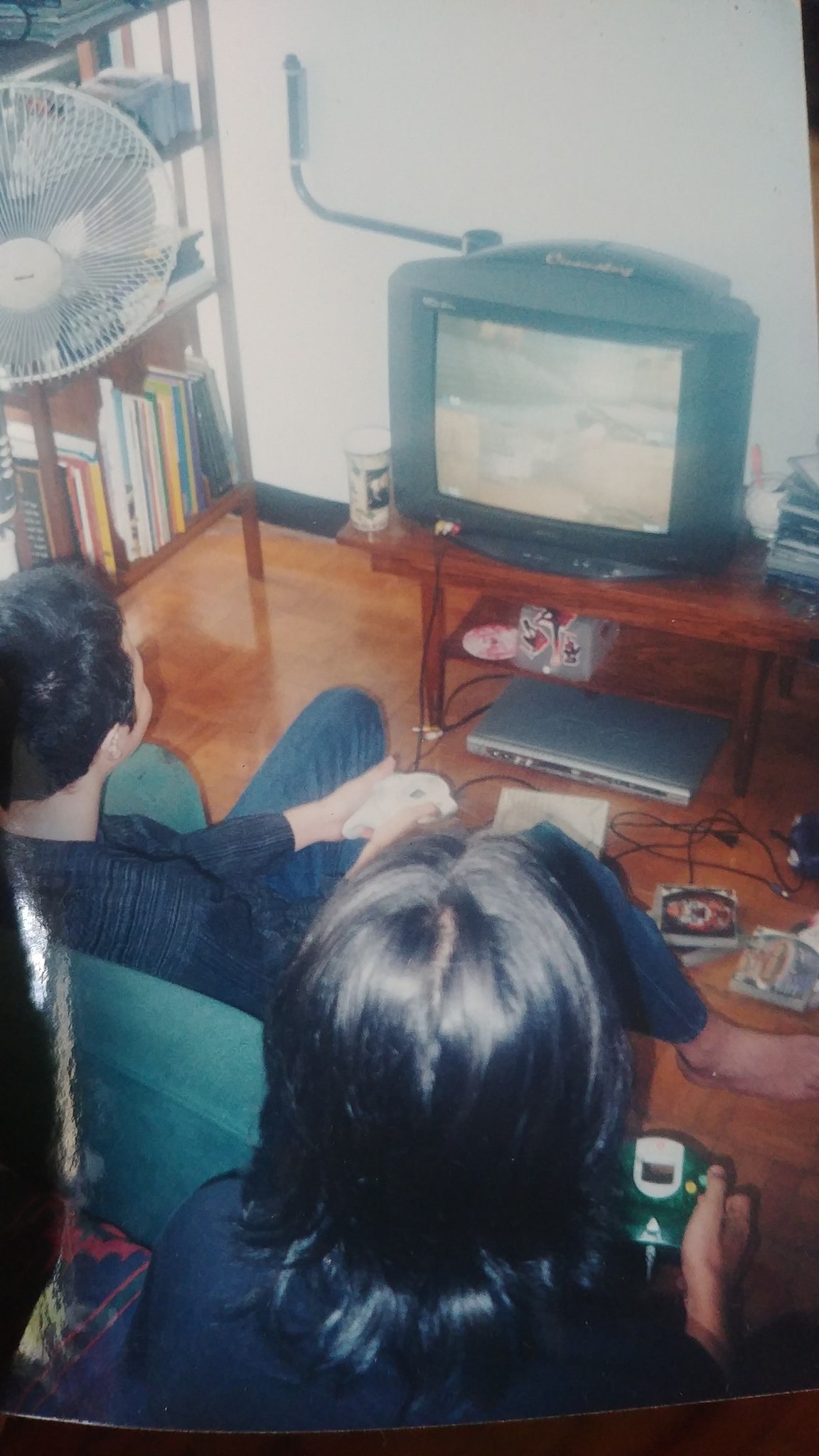
We got our first home console in the mid-90s with the Nintendo Entertainment System. It was a different experience from the arcades my brother and I frequented. For one, we could play games in the comfort of our homes. Second, we owned a game with nearly all the important games released for the system. We did not have to spend money on extra credits. Lastly, it was a convenient way for us to bond casually.
That changed when we got our first “current-generation” console in 1997, the Sony Playstation. It was a remarkable moment to experience near-cinematic graphics and games that pushed the boundaries of what “gaming” could be. Games like Metal Gear Solid, Street Fighter EX, Crash Bandicoot, Final Fantasy 7, and Tony Hawk’s Pro Skater were among the popular games we played. In contrast, the more obscure titles like Rival Schools, Pocket Fighter, Front Mission, and Intelligent Qube were also part of my childhood. We’d also invite friends for friendly round-robin style casuals. It was a complete bonding experience in one place.
There were also console rental shops that my brother and I frequented if we wanted to avoid being in arcades. There was one near our home owned by a Japanese man named Kaz, and his son would usually challenge us to a friendly match of X-Men vs. Street Fighter. Console rentals operated similarly to arcades: stations accommodating two players playing side-by-side for either a fixed or open time. Fixed time is counted per hour, while open time is counted for the total time spent. Our roughly USD 0.99 could get us 2 hours of play back then. Kaz also had games we did not have for the Playstation, which made us test out the games before buying them. Kaz’s shop also sold the games for additional profit.
What separated consoles from the arcade aside from the difference in graphics was that, through time, the home console became an entertainment system. To think that the original purpose of the console was to bring the arcade experience into the living room. The Sega Dreamcast provided an Internet connection through an additional modem module. The Sony Playstation 2 and Microsoft Xbox could play DVD content, making it a hybrid gaming console and a home theater system. The things most gamers today take for granted started with these three consoles. The main innovations were downloadable content for patch updates, the genesis of the Massively Multiplayer Online Game (Phantasy Star Online, Sega Dreamcast), and the possibility of cross-platform play between different consoles (PS2).
The console remained strong compared to the arcade, so many players who grew with the arcade scene and wanted to hold tournaments held them in places like activity centers, hotel suites, private rooms, and even the arcades. One of the biggest fighting game tournaments in the world, Evolution Championship Series, showed the adaptation of the event from using arcade cabinets in almost all its major titles back in 2002 and then changed to home consoles by 2004.
I participated in school organizations back in college. One of them was a Japanese popular culture organization that organized events like a film showing, a proposed music event that I initiated (even had a band for it), and video game tournaments. The organization eventually branched out of school and focused on fighting games. I found myself in the middle of organizing fighting game tournaments in my hometown while also participating in them. This eventually led to a “going back to roots” moment when I met one of the greatest fighting game players, FilipinoChamp, at an arcade in Manila during his visit.
Through this experience, I got to be where I am right now. But it was also a time to change. As console prices and their corresponding media are priced quite high, it was logical for me to switch platforms. Enter the personal computer (PC).
PCs: The Workhorse that Does It All (1999 – Present)
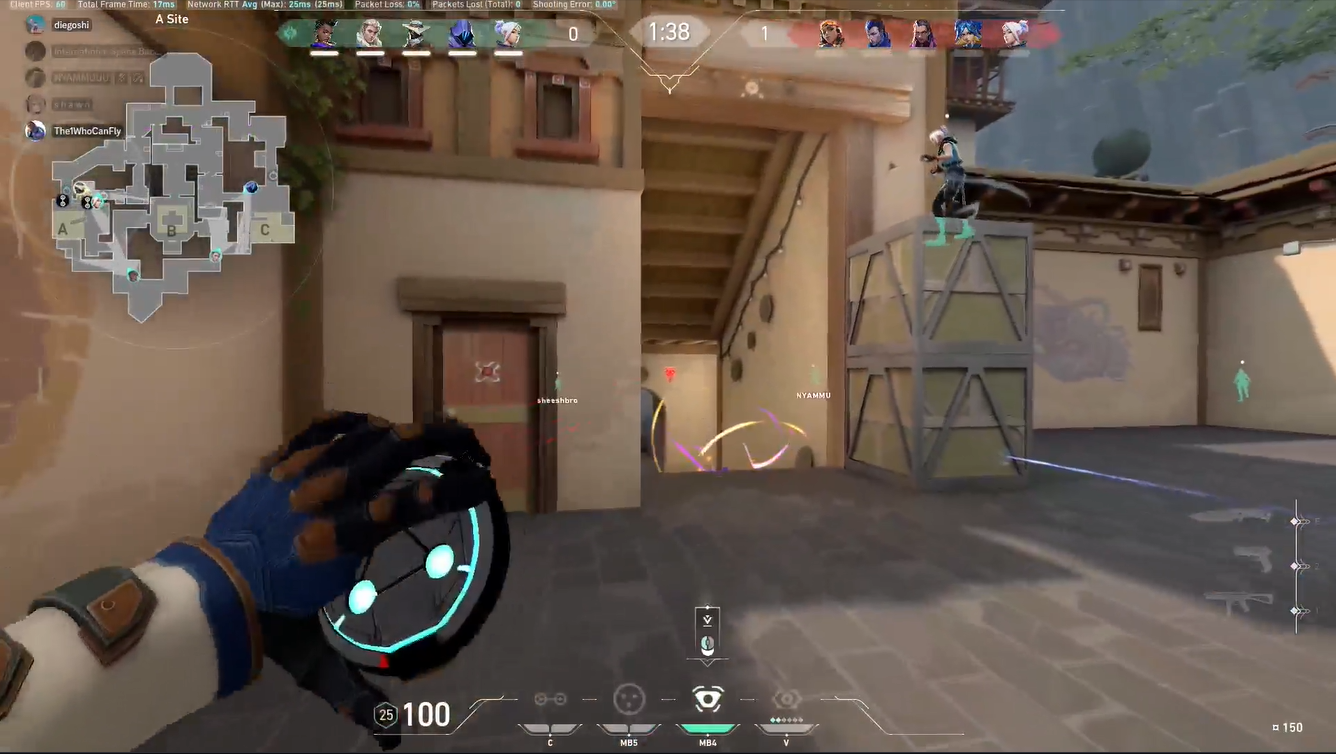
Playing With Online Friends. From the author’s Twitch channel. (Click to watch the video)
Admittedly, the PC was always there for me ever since I was little. Playing SkiFree, Chip’s Challenge, and classic titles such as Warcraft, Starcraft, and MindGym were already expanding the mind of an eight-year-old boy. However, my life would change through the introduction of Counter-Strike. Back then, I would only play games solo because it was odd to share the keyboard and mouse with my brother. Despite this, we played some co-op games, but most of the time, it was either his or my time to play. That changed with computer rental shops (also known as Internet cafes).
Internet cafes existed around the 1990s and are very similar to console rentals. Their operation is also the same. Computers are arranged like how arcades did, with a similar fixed or open time as console rentals.
In 1999, my friends invited me to play this new First-Person Shooter (FPS) called Counter-Strike (CS). Being someone who does not have any experience with FPS, I was intrigued. We played CS at a nearby Internet cafe just a block from Kaz’s console rental. They immediately got the hang of the game while I struggled to get what was happening. You see, these shops had the same cacophony as the arcades. The only difference is that you must focus on what is in front of you in an Internet cafe. The headphones provided do not cut outside noise, unlike the more evolved Internet cafes today with noise-canceling headsets. My challenge was to be attentive and react fast, as it all happened in real-time.
I honed all the necessary skills to play CS competitively throughout the years. I participated in elementary and high school inter-school and makeshift team tournaments while maintaining a meek personality. Even now, with newer titles like VALORANT and Gundam Evolution, I do not take most of my matches seriously and would only turn up if needed. This also led me to things beyond games. I stream, record, and produce gaming content for myself and my friends. Most of these are cross-referenced in some of the articles I wrote on this website.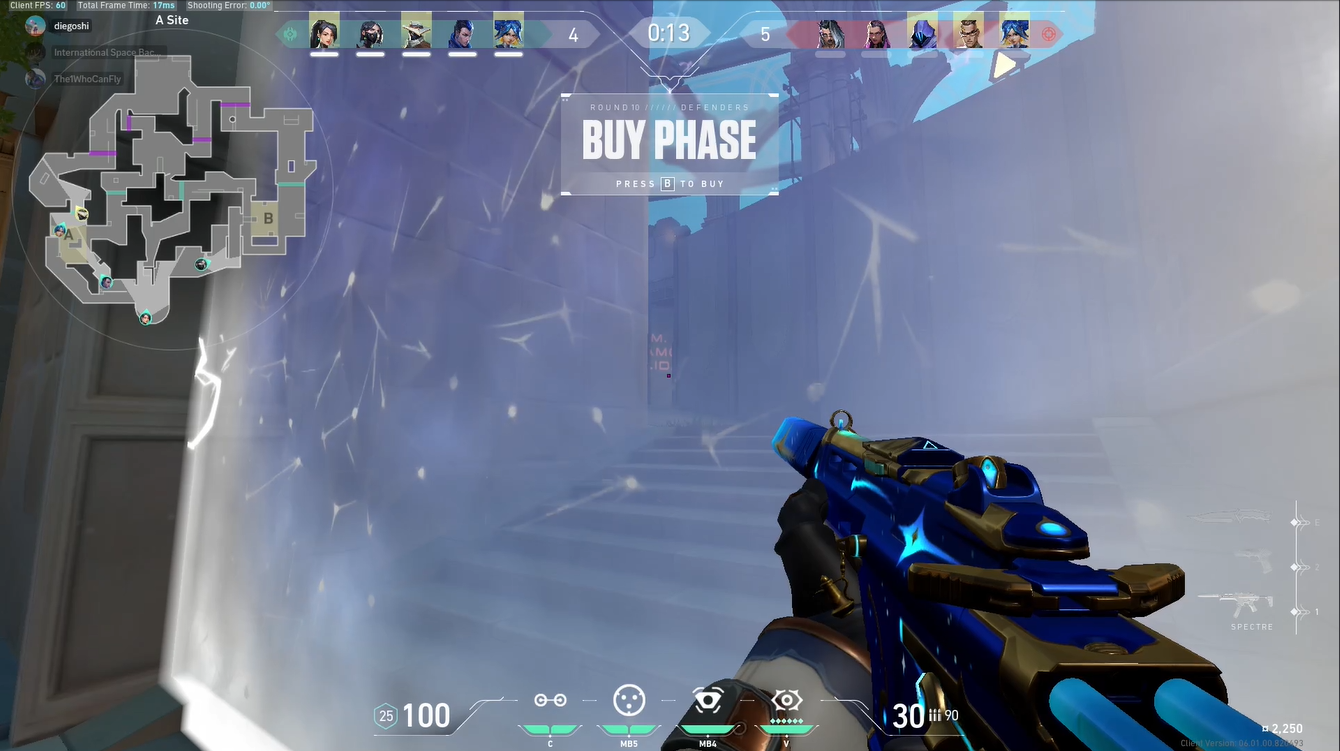
The author called out a play in a VALORANT match. From the author’s Twitch channel
(Click to watch the video)
While gaming platforms have changed over the past two decades, the constant thing that I’ve experienced is that it made me learn and grow into the person I am today. Without these, I would not be here writing articles like this. The greatest thing about gaming? You get to bond with people and enjoy the challenges ahead.
Don’t forget to top up your favorite games at Codashop. We have top titles like VALORANT, MLBB, League of Legends, Call Of Duty Mobile, Free Fire and more! Choose the game you want to top up, select the amount of recharge you want, and the payment method you prefer. You’ll get your in-game currencies in a matter of seconds. It’s fast, safe, and convenient.
